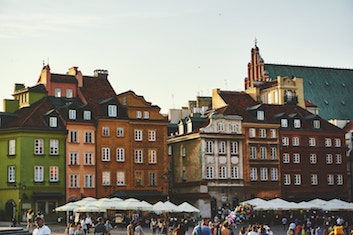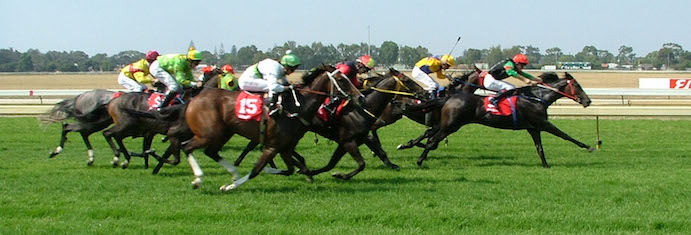Using commas for parenthesis – or using parenthetical commas – is one of the most common uses for commas. Commas used in this way mark the start and end of a group of words that could be dropped out of a sentence without changing the basic meaning of the sentence. Commas are not the only punctuation mark that can used in this way: dashes and brackets can also be used for parenthesis. The difference is the degree of separation from the rest of the sentence. Brackets (or parentheses) show the most separation: they almost say ‘don’t bother reading what it is enclosed here; just skip over to the rest of the sentence’. In reports, university essays and assignments, and academic writing, references and sources are generally given in brackets. Dashes, when used parenthetically, are the next level of separation down; they are often used (like brackets) to enclose longer amounts of additional information to the main sentence. Parenthetical commas keep the most connection with the rest of the sentence, with the least interruption to the flow of the text for the reader. Parenthetical commas often mark off short groups of words: for example, Dashes, when used parenthetically, are the next level of separation down. If the words enclosed by the commas were left out of the sentence, the meaning would still be the same; the words in parenthesis just give us more information.
The use of parenthetical commas is so common that we have developed subcategories of the words we enclose in them: we can use parenthetical commas to mark off subordinate clauses, non-restrictive or non-defining phrases and clauses, and words in appostion. I’ll look at these various subcategories in future posts.
- Turn right at the last building, which is painted green, and you’ll see my hotel in front of you.
- The schedule has some extra time built into it, because delays often occur, and we expect that we will actually finish before the scheduled date.
- Cliff’s Edge, a bold front-runner, is equal favourite for the derby.

When the parenthetical material occurs in the middle of a sentence, it should have a comma at the start and end of it. When the parenthetical material occurs at the start or end of the sentence, we need only one comma.
- Because delays often occur, the schedule has some extra time built into it and we expect that we will actually finish before the scheduled date.
- The equal favourite for the derby is Cliff’s Edge, a bold front-runner.
![]()
The fact that parenthetical material should be enclosed in commas means that we may need to use a comma before or after and or but (before or after coordinating conjunctions), even though many people have learnt as a ‘rule’ to ‘never use a comma after and or but’. This rule is misleading; it is a shorthand way of saying that commas are not necessary with coordinating conjunctions (the most common ones are and and but) to connect main clauses. Think of the situation as two competing rules:
- we don’t use commas with coordinating conjunctions (before or after and and but)
- parenthetical material in the middle of a sentence must have commas at the start and end, even when this means having a comma next to a coordinating conjunction (before or after and and but).
The second rule always defeats the first one. For example:
- The schedule has some extra time built into it, because delays often occur, and we expect that we will actually finish before the scheduled date.
- Cliff’s Edge is equal favourite for the derby but, because he has never been in a race that long, he is not certain to win.

It might help if you think of your sentence structure: you are using the commas to mark the parenthetical material, to show what groups of words belong together, rather than using commas before or after and or but.
NB: What’s the difference between parenthesis and parentheses? Parenthesis is singular, and is mostly used to describe the process: I’ve put my references in parenthesis. Parentheses is plural, and is mostly used to describe the two punctuation marks that show that words are in parenthesis (in other words, parentheses is another way of saying brackets).

If you have found this post interesting, you can find a full index to my other posts on the index page. To be notified when I post a new topic, follow me on Facebook! If you have any particular questions you’d like me to answer in future posts, just send me a message. I’m always interested to learn what people think, and how you came across this site, so please post a comment.
If you think you would be interested in either my complete grammar course or an individual customised online course (particularly suited for people who don’t live in Melbourne), just click your preferred option.